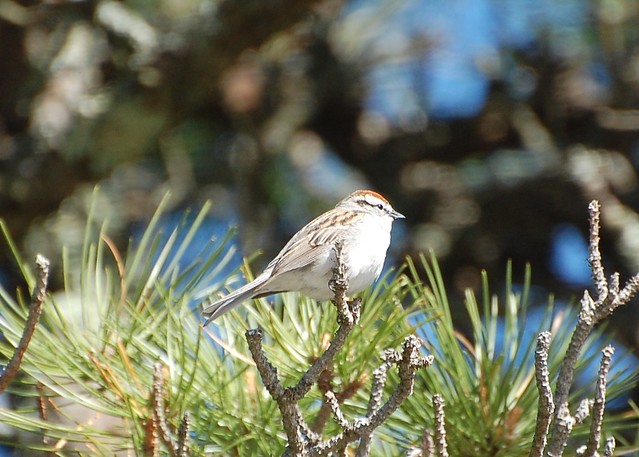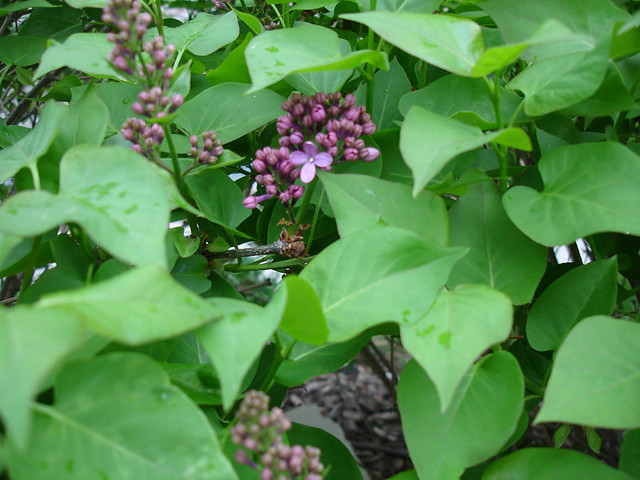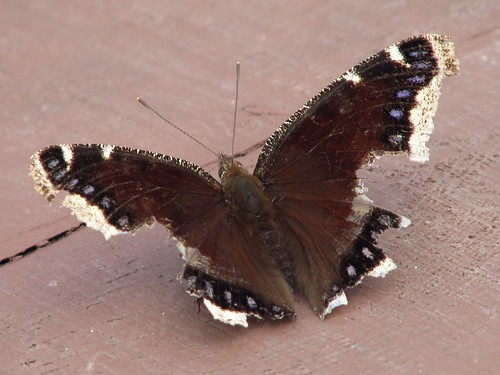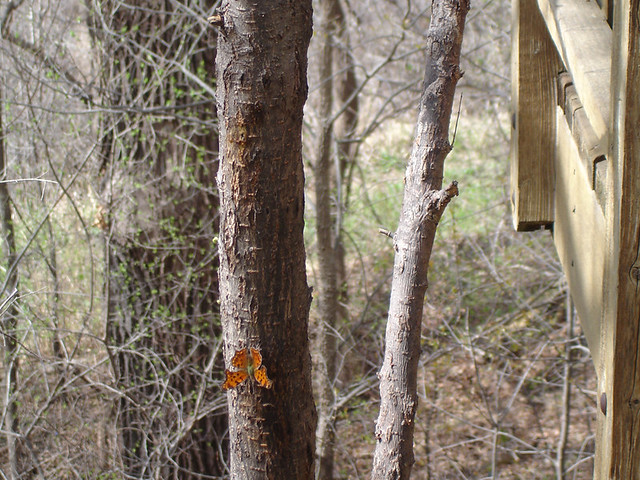What: About 100 American Robins. They are almost entirely silent, making scarcely a peep as the arrive in small flocks. I make a quick count, noticing that any given tree provides perch for10–25 loosely clustered individuals.
Where: The southwest corner of the Sculpture Garden, where linden trees line Vineland Place as it bends north, before becoming Kenwood Parkway. Also in the locust trees that grow in the median.
Observers: Abbie
Date/Time: Wednesday, February 1 at about 5:20 pm
Conditions: Identification was challenging since the light at this hour was barely sufficient. I could faintly descry their reddish robin breasts. By their silhouettes, I knew their tails were too long to be starlings and they didn't have crests like cardinals or waxwings.
In the past several weeks, leaving work has been my opportunity to see flocks of European Starlings, American Crows, Dark-Eyed Juncos, and American Robins. Each flock seems to be characterized by their own pattern, behavior, size, and timing. Which flock is on the move earliest in the day (relative to sunset)? Which flock is most fleeting, most ephemeral and likely to be missed? When do these patterns begin in the winter season, and when will the flocks dissipate as spring approaches? But to really understand this 'flock clock,' I'd need extended observations a few times a week, say, from 4-6:30 pm. Given my narrow aperture of observation, from 5 to 5:30 on weekdays, here's a summary of what I've seen:
Most abundant—easily numbering in the thousands—are the
American Crows. Since December, I've seen a stream of them flying high in the sky every evening, usually in an easterly or northeasterly direction. Sometimes I've seen them densely populating the trees in Loring Park.
Next in number are the
European Starlings. But I can't get a handle on their timing. I haven't seen them in weeks, but my colleague saw them last night after 6 pm.
When I've seen groups of
Dark-Eyed Juncos, they were not in flight, but rather on the ground under the arborvitae. I haven't seen them in over a month, but maybe they're just around when I'm not there to see them.
So far, the most understated of the flock phenomena is the
American Robin. Also,this is the newest indicator on the flock clock. I know many stick around through the winter, but I haven't seen them in flocks until late January.















